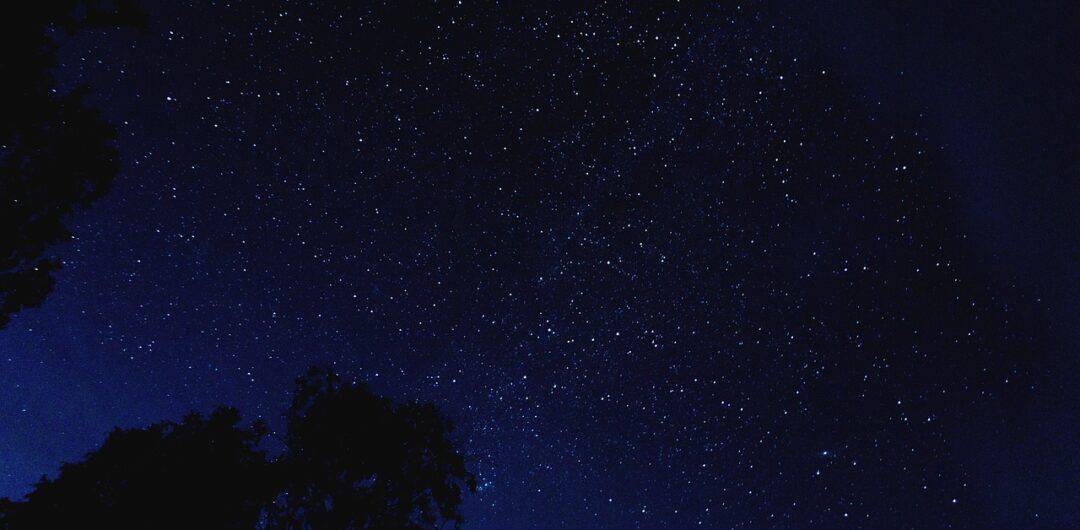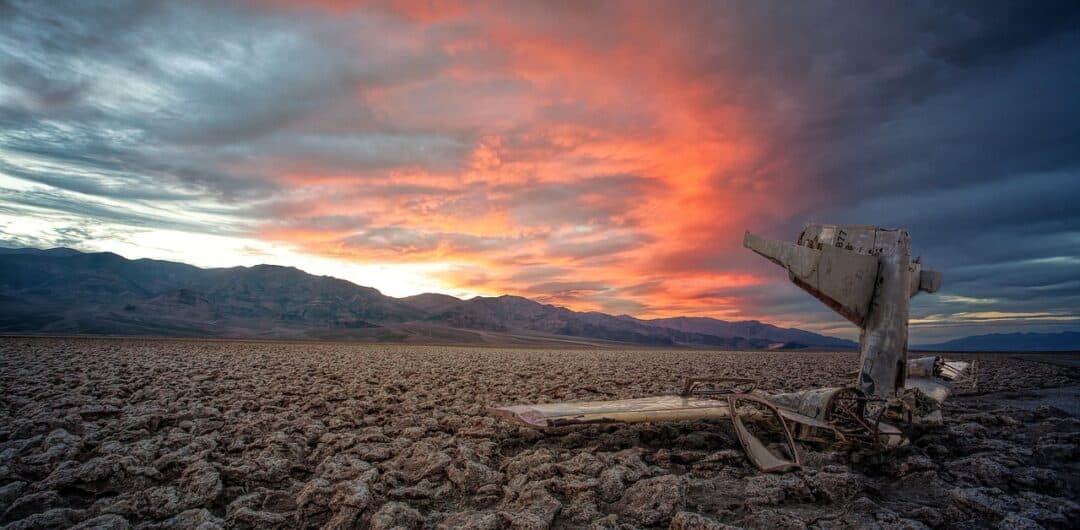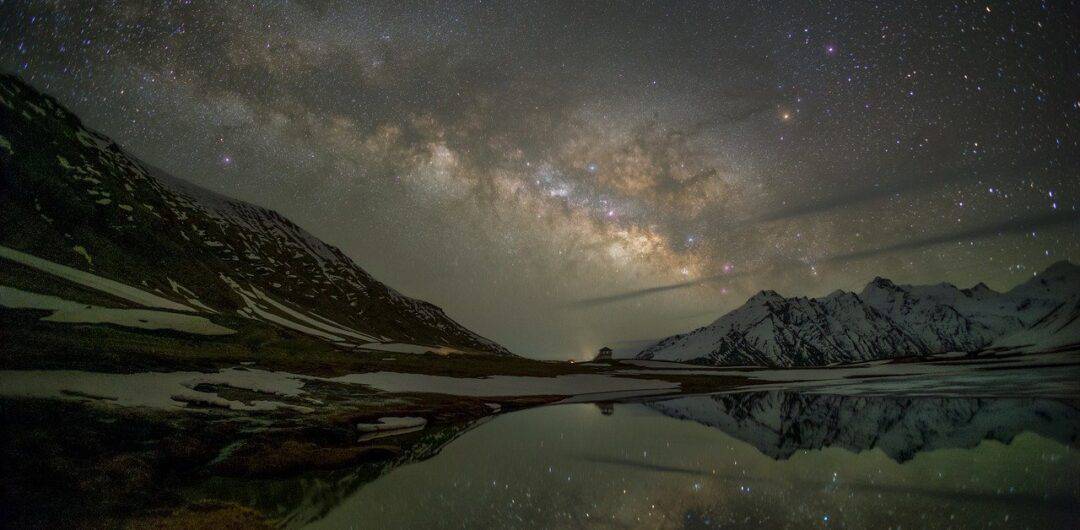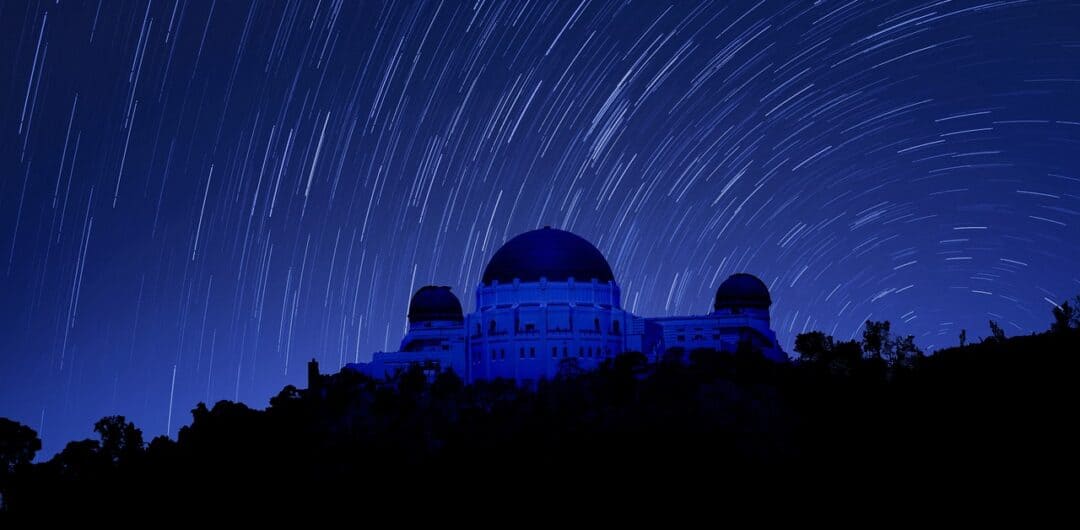Have you ever dreamt of escaping the city lights and losing yourself in the vast, star-studded tapestry of the night sky? If so, then astrotourism, the adventure of traveling to experience celestial wonders, might be your calling. This burgeoning travel trend is more than just stargazing; it’s a transformative journey that ignites awe, sparks curiosity, and leaves you feeling deeply connected to the universe.
Why Astrotourism?

The allure of astrotourism is multifaceted. For some, it’s about rediscovering the night sky, a sight often obscured by light pollution in urban areas. Gazing at constellations, witnessing meteor showers, or watching the Milky Way unfurl its ethereal beauty can be a deeply humbling and awe-inspiring experience.
For others, astrotourism is a scientific adventure. Visiting observatories, attending astronomy workshops, or participating in astrophotography tours allows you to delve deeper into the mysteries of the cosmos. You can learn about the latest astronomical discoveries, peer through powerful telescopes, and capture breathtaking images of celestial objects.
Astrotourism also offers a unique opportunity to connect with nature and escape the everyday hustle. Immersing yourself in the serenity of a dark sky reserve, with its blanket of stars and the Milky Way’s ethereal glow, can be a powerful antidote to stress and anxiety. It’s a chance to reconnect with yourself, find inner peace, and appreciate the vastness and wonder of the universe.
Best Places to Go Stargazing

The world is your oyster when it comes to astrotourism destinations. Some of the most popular spots include:
- The Atacama Desert, Chile: Home to the driest non-polar desert on Earth, the Atacama boasts some of the darkest skies on the planet, making it a haven for stargazers.
- Tekapo Springs, New Zealand: Nestled amidst the Southern Alps, Tekapo Springs is a UNESCO Dark Sky Reserve, offering stunning views of the Milky Way and the Southern Cross constellation.
- Manakawana Sky Village, Hawaii: Located on the Big Island of Hawaii, this eco-village provides luxurious glamping tents with unobstructed views of the night sky.
- Death Valley National Park, USA: One of the darkest places in the lower 48 states, Death Valley National Park offers breathtaking views of the Milky Way and a chance to spot planets and distant galaxies.
- La Palma, Canary Islands: This Spanish island is home to the Roque de los Muchachos Observatory, one of the world’s largest optical telescopes.
Beyond the Stars – Unique Astrotourism Experiences

Astrotourism extends beyond simply gazing at the stars. Many destinations offer unique experiences that can deepen your understanding and appreciation of the cosmos. These include:
- Astro-photography tours: Learn the art of capturing stunning images of the night sky under the guidance of experienced photographers.
- Observatory visits: Tour astronomical facilities, peer through powerful telescopes, and listen to talks from astrophysicists.
- Stargazing parties: Join guided stargazing sessions led by local astronomy experts, who can point out constellations, planets, and other celestial wonders.
- Dark sky reserves: Stay in eco-friendly accommodations located in areas with minimal light pollution, ensuring an immersive experience of the night sky.
Embarking on Your Astrotourism Adventure

Whether you’re a seasoned astronomer or a starry-eyed novice, astrotourism offers something for everyone. Here are some tips for planning your celestial adventure:
- Choose your destination: Research dark sky reserves and observatories to find a location that meets your interests and budget.
- Pack appropriately: Warm layers, comfortable shoes, red-light headlamps, and a star chart are essential for a successful stargazing experience.
- Leave distractions behind: Disconnect from your phone and other devices to fully immerse yourself in the magic of the night sky.
- Be patient: Give your eyes time to adjust to the darkness, and don’t expect to see everything immediately.
- Ask questions: Don’t hesitate to ask guides or fellow stargazers about what you’re seeing.
